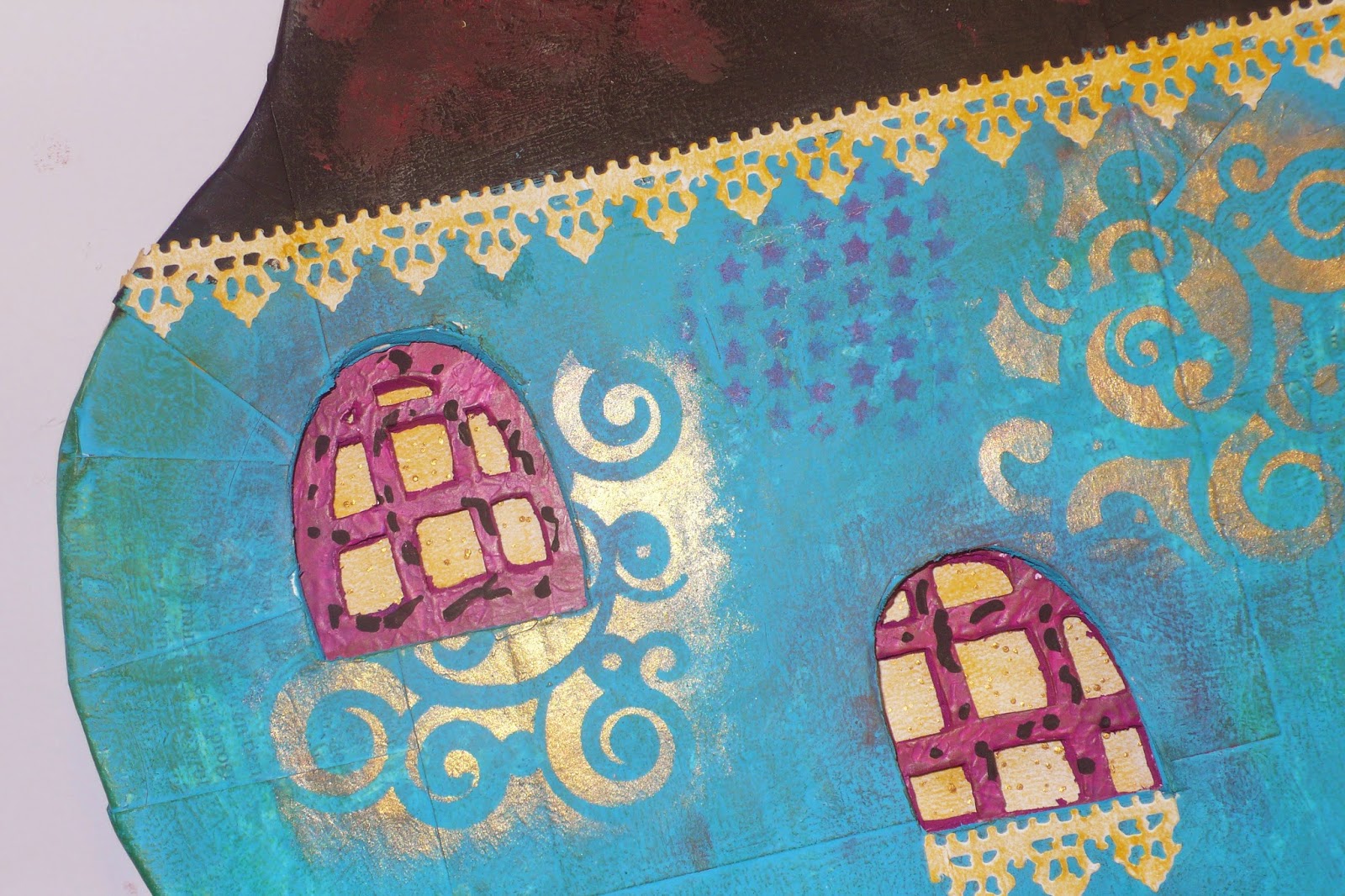EDITADO.
Acabo de encontrar un tutorial para hacer la pieza que me hizo darle vueltas a esta técnica y que había visto en flick. Ahora he tropezado con el blog, y aunque no es igual que como lo hago yo, creo de justicia poner en enlace. Gracias Tanya.
http://polymerclayfimo.livejournal.com/4648712.html
I´ve just found the tuto to make the necklace I saw at flickr and that made me think about and find out this tecnique. Now I´ve found the blog, even it not the same way I make it, I think I have the debt to link it here. Thanks Tanya.
http://polymerclayfimo.livejournal.com/4648712.html
Buenas,
aquí traigo lo que prometí, el tutorial serpentina que usé
aquí y
aquí. Ambas actividades se organizaron a través de
APE, el reto mensual y los intercambios. Gracias a la encargada de actividades y a todos las participantes que hacemos entre todos que nuestra asociación tenga "vidilla".
Hi,
as I´ve promised, here is the serpentine tutorial that I´ve used here and here. Both activities were organized by APE, month challenge and swaps. Thanks to the organizer and all the members, all of us together make the asociation better.
Vamos con el tutorial.
Como se ve en las fotos, la pieza está formada por círculos independientes hechos de arcilla. Estos círculos se harán con tiras de arcilla muy finas y todas de idéntica anchura, casi igual que si fueran serpentinas de papel. La dificultad reside en que las serpentinas de papel nos permiten retocar la forma del círculo si se nos desplaza, algo que la arcilla no nos va a dejar porque según vayamos enrollando se pegará a lo que ya tenemos hecho. Así que tendremos que trabajar con mucho cuidado para que nos salga bien a la primera.
Now the tuto.
As you can see on the pictures, the piece was made with several clay circles. We are going to make these circles with very thin stripes of clay which have identical wide, almost as they were paper serpentines. The difficulty is that paper serpentines allow reshape the circle if is necessary but not the clay which sticks. So we have to work carefully to make it right at first try.
Para hacer las tiras usaremos la extrusora y el disco del rectángulo más pequeño, este:
To make the strips we will use the extruder and disc with the smaller rectangle, this:


Según el resultado que queramos, pondremos la arcilla dentro de la extrusora, teniendo en cuenta que un cambio de color a lo largo de nuestra tira, aunque sea una pequeña variación, nos va a dar una pieza mucho más interesante.
Depending on the result we want, so has to be the election and how
introduce the clay into the extruder, having on sight that we want a
color varied throught our strip, to get a piece more interesting.
A mí me gusta controlar un poco lo que va a salir, teniendo en cuenta que la parte central del cilindro de arcilla se desliza por el tubo a más velocidad que la parte que está en contacto con el cilindro de arcilla y que la distorsión es mayor cuanto menor es el orificio de salida, colocaremos la arcilla para que tenga la tonalidad predominante que nosotros queramos. Como norma, la tonalidad que tendremos será cercana al tono de la arcilla que pongamos al lado del orificio de salida, esto es la primera que sale y que va "encamisando" al resto que va saliendo a continuación.
I like control the result. As we know the clay into the central part of the extruder goes faster than the clay next to the wall of the cilinder and that the distortion is bigger as smaller is the hole of the disc, so we have to put the clay of the main colour of our piece near of the exit because the rest of the clay will be wrapped by it.
Ahora pasamos esta tira que
tenemos por el grosor más fino de nuestra laminadora siempre en posición
perpendicular a los rodillos para que nuestra cinta sea lo más regular
posible. Veremos que los bordes ya salen ligeramente craquelados y que
muestra ligeramente el interior.
Now we will pass this ribbon by the thinner wide of our pasta
machine, take care to put it perpendicular to the rollers to get a very
straight strip. The edges will be lightly crackled and you can see just a
little the inside.
Una vez que tenemos nuestras
"serpentinas" listas para usar, empezamos a enrollar al gusto: grandes,
pequeños, cambiando el sentido, combinando colores....¡experimenta!
Once we have our "serpentines"
ready to use, roll them as you like: big, small, changing the way of the
ribbon, combining colores... fell free to change¡
Podemos darle la vuelta a la serpentina cuando nos parezca. Incluso podríamos hacer una lámina poniéndo las tiras unas a continuación de otras, pero esto en otra ocasión.
Try to flip over the serpentine to make an interesting finish. Even, we could use the serpentine flat in stripes one beside other, but this is not the point for the today tutorial.
Cara A y cara B.
Both sides of one piece.
Cortamos.
Cutting.
Da miedo... ¿no?
Scary, isn´t it?
Parte rugosa y parte lisa. Podríamos usar ambas, aunque la que más llama la atención es la rugosa. Por si alguien se despista, las rugosas son diferentes, las lisas... son iguales.
Crispy and smooth sides. We could use both, but I prefer de the crispy. Take notice that the crispy will be different and the smooth ones will be identical.
Espero que os haya gustado. Próximamente pondré tutorial de cómo montar las piezas con estas serpentinas y no morir en el intento.
I hope you liked it. Soon I'll show a tutorial on how to assemble the pieces with serpentines and not die trying.










































